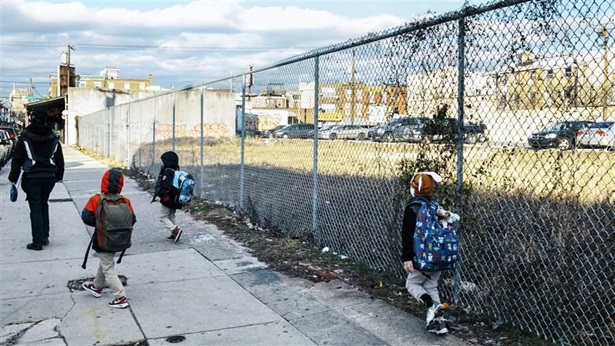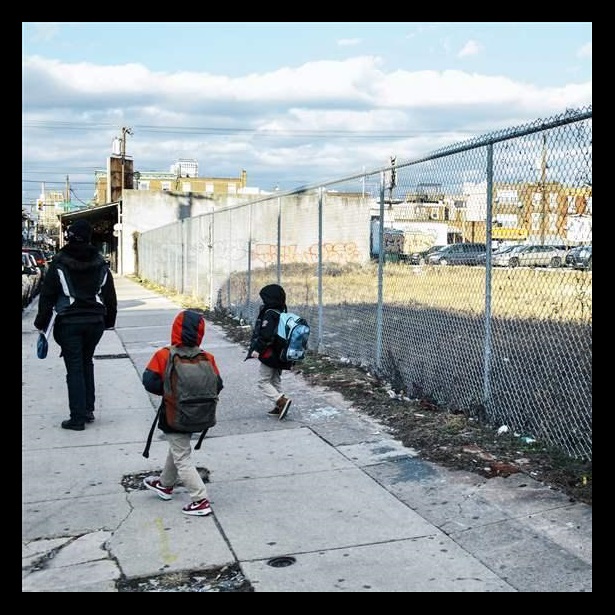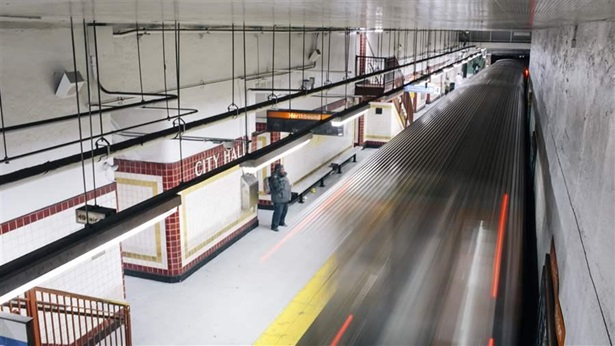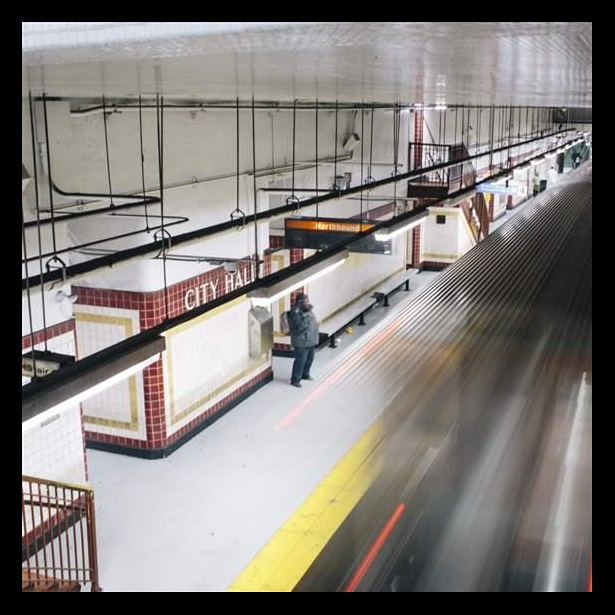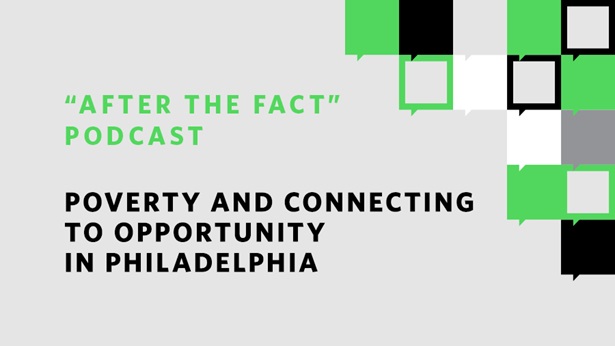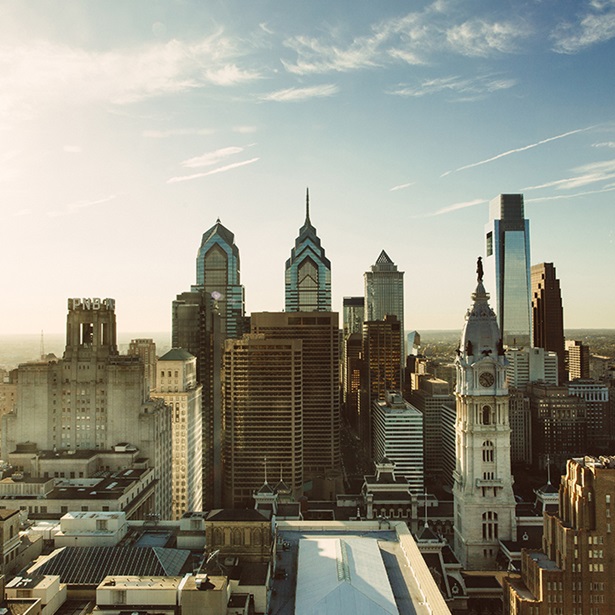Poverty in Philadelphia
The impact of Philadelphia’s high poverty rate reaches far beyond the residents who struggle on a daily basis: The high rate limits the tax revenue available to support government services, increases the demand for those services, and weighs on the economic performance of the city as well as the region. Many issues facing Philadelphia—including crime, health, and public education—are rooted in the economic status of its less well-off residents. The Pew Charitable Trusts’ research on this topic examines the demographics and geography of poverty in Philadelphia, making comparisons over time and among cities.
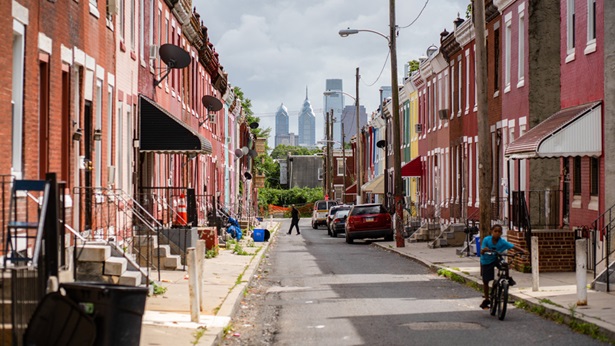
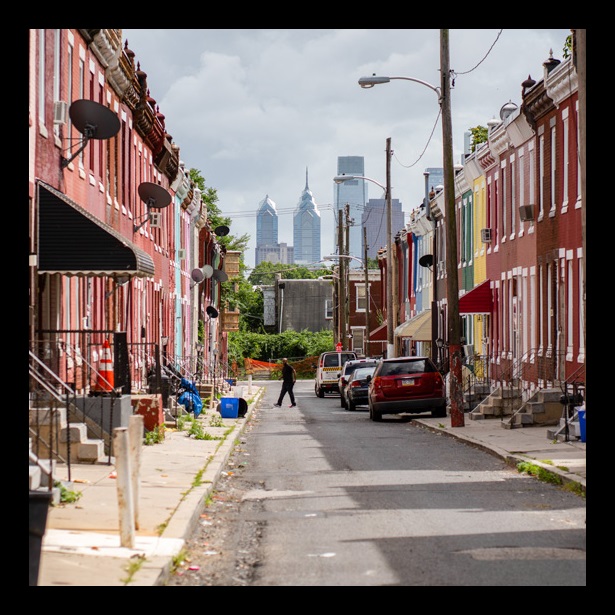
Report
September 26, 2018
Philadelphia’s Poor: Experiences From Below the Poverty Line
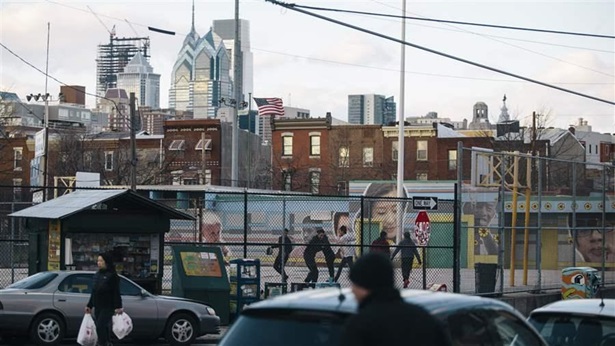
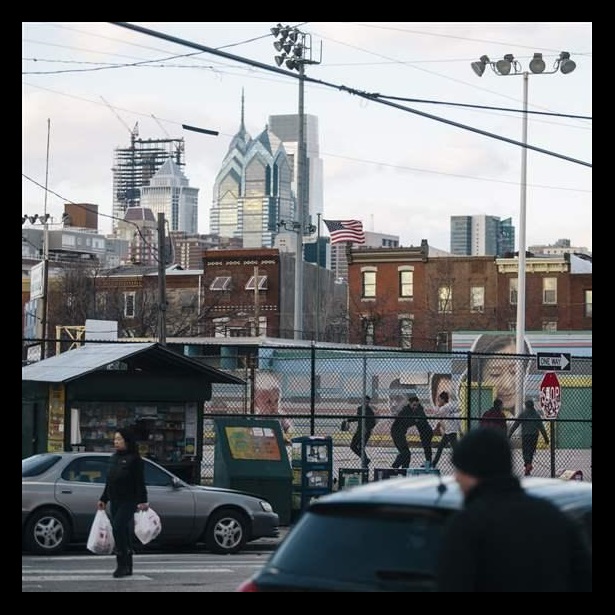
Report
November 15, 2017
